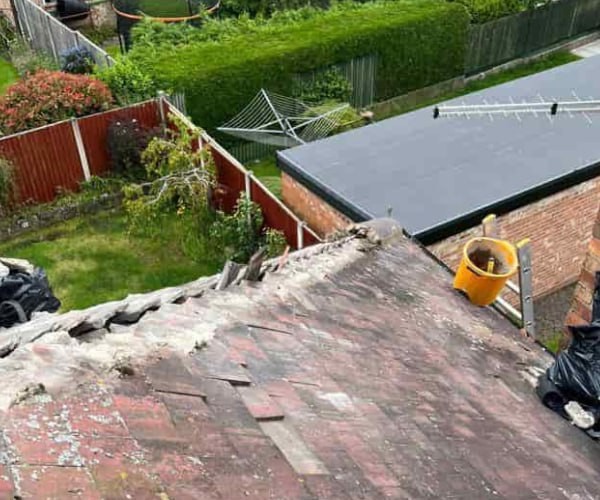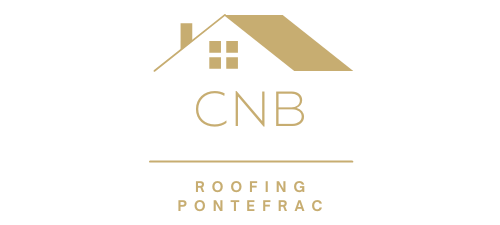The Cost of Flat Roof Installation: What to Expect
Introduction: Installing a flat roof can be a cost-effective and practical solution for many property owners, whether for a residential, commercial, or industrial building. At CNB Roofing Pontefract, we understand that one of the most crucial aspects of any roofing project is understanding the costs involved. In this blog post, we will break down the various factors that influence the cost of flat roof installation, helping you to plan and budget effectively.
Factors Influencing the Cost of Flat Roof Installation
1. Roof Size and Complexity
The size of your roof is the most significant factor affecting the installation cost. Larger roofs require more materials and labour, which increases the overall expense.
Considerations:
- Surface Area: Larger surface areas will require more materials.
- Design Complexity: Installing roofs with multiple penetrations (e.g., skylights, vents) or an irregular shape can be more challenging and time-consuming.
2. Material Choice
The type of material you choose for your flat roof will significantly impact the cost. Different materials offer varying levels of durability, insulation, and aesthetics.
Common Flat Roof Materials:
- EPDM Rubber: Known for its durability and ease of installation, EPDM is a cost-effective option.
- TPO (Thermoplastic Olefin): Offers excellent energy efficiency but can be more expensive than EPDM.
- PVC (Polyvinyl Chloride) is highly durable and resistant to chemical damage, but it is also more expensive.
- Built-up roofing (BUR) consists of multiple layers of bitumen and fabric, providing excellent durability but can be labour-intensive to install.
3. Labour Costs
Labour costs can vary depending on the complexity of the installation and the roofing contractors’ experience. Skilled professionals may charge more, but their expertise can ensure a higher-quality installation.
Factors Affecting Labour Costs:
- Installation Complexity: More complex installations require more time and skill.
- Location: Labour rates can vary based on geographic location and local market conditions.
- Company Reputation: Established roofing companies with a good reputation may charge higher rates but offer better service and workmanship.
4. Additional Features
Adding features such as insulation, ventilation, or drainage systems can increase the cost of your flat roof installation. However, these additions can improve the roof’s performance and longevity.
Common Add-Ons:
- Insulation: Improves energy efficiency but adds to the material and labour costs.
- Ventilation: Helps to prevent moisture build-up and extend the roof’s lifespan.
- Drainage Systems: Proper drainage is essential for flat roofs to prevent water pooling and damage.
5. Preparation and Removal
If your existing roof needs to be removed or additional preparation work is required, this can also add to the overall cost. Removing old roofing material and preparing the surface for the new installation can be labour-intensive and time-consuming.
Considerations:
- Roof Removal: The cost of removing an old roof can vary depending on the material and condition.
- Surface Preparation: Ensuring the surface is clean and level is crucial for a successful installation.
6. Permits and Regulations
Depending on your location, you may need to obtain permits and adhere to local building regulations. These requirements can add to the cost and complexity of your roofing project.
Factors to Consider:
- Local Building Codes: Ensure your project complies with local regulations.
- Permit Fees: Factor in the cost of any necessary permits.
Average Cost Estimates
While costs can vary widely based on the factors mentioned above, here are some average estimates for flat roof installation in the UK:
- EPDM Rubber Roof: £45-£60 per square metre
- TPO Roof: £50-£70 per square metre
- PVC Roof: £60-£80 per square metre
- Built-Up Roofing (BUR): £50-£70 per square metre
These estimates include materials and labour, but additional features or complex installations can increase costs.
Conclusion: Understanding the costs associated with flat roof installation can help you make informed decisions and budget effectively for your project. You can gain a clearer picture of the overall expense by considering factors such as roof size, material choice, labour costs, additional features, preparation work, and permits.
Call us on: 01977 805 558
Click here to find out more about CNB Roofing Pontefract
Click here to complete our contact form and see how we can help you with your roofing needs.

